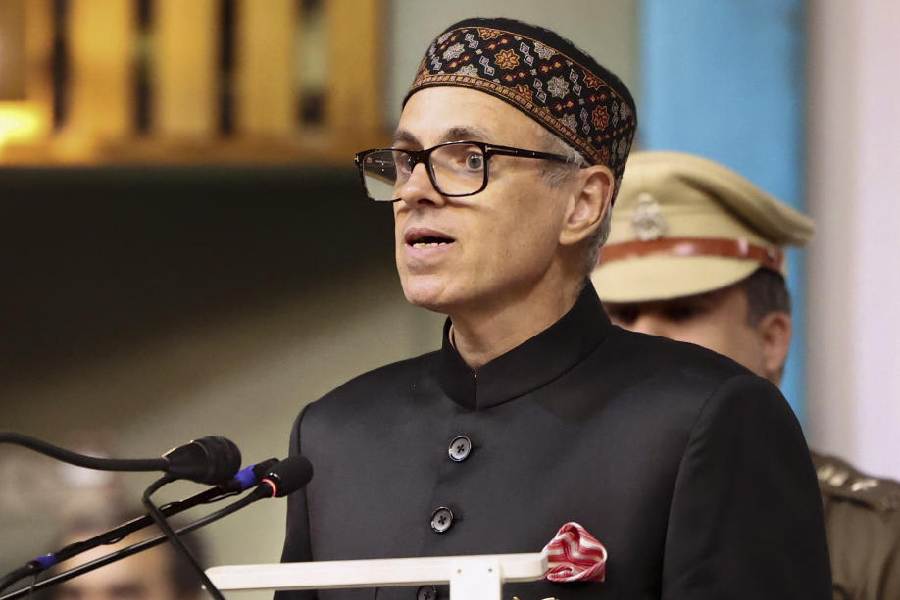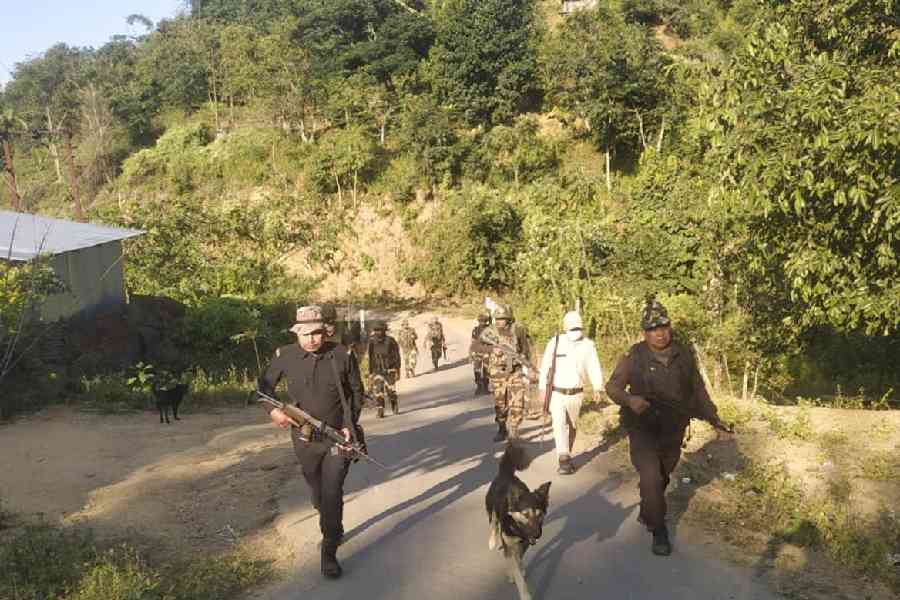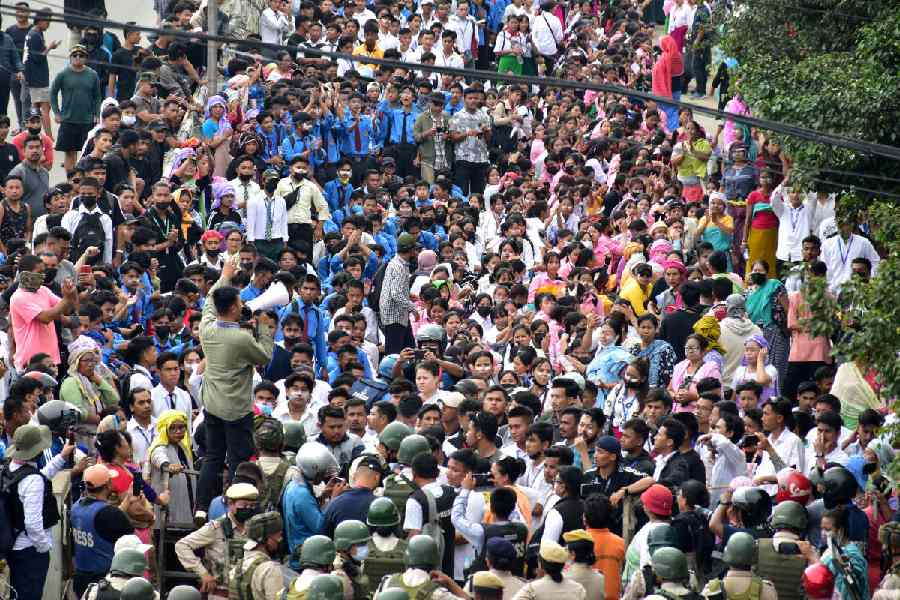An impassioned address by the prime minister from the ramparts of the Red Fort on Independence Day carried hopes of a healthy India. Earlier, a flurry of excitement had accompanied the Union budget as the Ayushman Bharat mission and its flagship programme, the National Health Protection Scheme, were announced as part of the "New India-2022" vision. The choice of the name of the programme and the occasion were immaculate. What could be better than a title that implies a 'longevous India' and a day lying at the heart of national sovereignty to proclaim sincerity towards the health of the nation? However, facts on the ground appear to belie the grandiose ambitions of the initiative.
All talks of longevity are rendered infructous in the absence of effective primary healthcare. About 1.5 lakh health and wellness centres have been proposed to become operational by 2022, providing a comprehensive range of services as opposed to the currently selective and fractured provision of healthcare at the primary level. However, it appears that the needs of primary healthcare will only be met with the destiny ordained by economic liberalization and globalization: much talk but scarce action.
The current budgetary allocation (Rs 80,000 per sub-centre), considered as recurring, shall constitute a measly 4 per cent of the amount it shall take to run a reasonably well-functioning health and wellness centre. If estimates by the ministry of health and family welfare are to be believed, a sum of Rs 17 lakh would be required to set up and operate a health and wellness centre in the first year. The figure would be Rs 7.5 lakh a year in the following years, excluding the cost of medicines, diagnostics and information systems. Interestingly, there are plans to deploy about one lakh 'Ayushman Mitras' in the empanelled hospitals under the NHPS for assisting beneficiaries to avail of its benefits. It must be noted that a substantive policy for meeting the dire shortage of health workers in villages is yet to be formulated.
Important queries
Apart from raising the bar to five lakh rupees per family per year and covering a massive chunk of the population, the fact that the middle and even the upper-middle classes are envisaged to become beneficiaries of the NHPS in the future strongly suggests that the government is seriously considering to switch from being a 'provider' to being a 'financier' of healthcare. If the overall spending on health does not increase significantly, it is anybody's guess as to what would happen to primary healthcare, which depends on public funding. It is possible that limited participation by private players in philanthropic adoption of a few health and wellness centres would take place to obtain greater publicity.
The goal of comprehensive primary healthcare continues to recede further. Selective healthcare and vertical healthcare initiatives have become entrenched characteristics owing to the imperatives of seeking results in a short time and trying to align the industry's interests with public health. The NHPS is a reflection of the same attitude. More than 70 per cent of out-of-pocket expenditure on health is on medicines and consultations. A setting where hospitalization expenses are insured but primary healthcare is not quite robust provides considerable motivation to delay seeking care.
Considering the fact that public health infrastructure cannot be transformed overnight, there is no doubt that efforts to involve the private sector to extend healthcare coverage are of considerable importance. But should India invest in an insurance scheme for hospitalization while continuing to provide perfunctory primary care? Should the role of the private sector be expanded without regulating private establishments? What about the serious shortage of manpower? Problems would surface in the future unless these questions are addressed.










